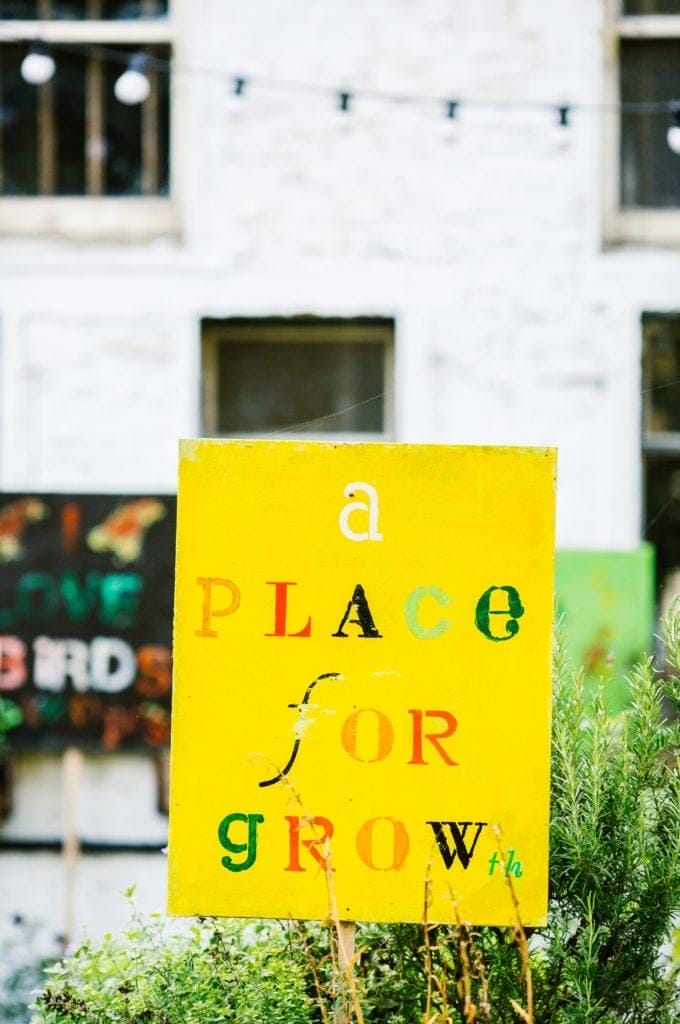‘Racial Justice and Social Transformation: How funders can act’ is the title of Ten Years’ Time newest report, which looks at the areas of; investments, grantmaking, operations and governance to map a clear path to advancing racial justice in the UK.
The report was never meant to be titled as such, I never planned to include ‘how funders can act’ in the name of the report. Instead I had hopes to title it: ‘ Racial Justice and Social Transformation: How funders can act on both’. This was due to the understanding that addressing racial injustice within your funding and building it into your due diligence, impact assessment and much more, is essential, and would positively impact all other areas you fund in. However, the original name felt out of sync once I embarked on the long research process for this report.
After every report I read, book and new article I highlighted my way through, it was clear that the UK funding sector was failing miserably to resource racial justice at the scale and speed that was urgently needed. Black Lives Matter, Covid-19 and the murder of George Floyd appeared at first to jerk the sector into something, it wasn’t quite clear at the time what this something was, but we all had our reservations. We witnessed such bold and seemingly heartfelt PR statements, alongwith the sprinting to pull together funds to distribute to racialised communities, but how long would this energy remain? How deep would the commitment be to listen to the needs of communities of colour? How would funders move beyond the needs to address the disproportionate harm of covid and austerity on our communities but to develop forward thinking, transformative policies and funds that would ensure that we do not have to keep having these conversations every 20-30 years.
What become clear as I spoke to changemakers of colour in the sector, was that this sudden “awakening” around BLM didn’t feel new or long term and the cracks began to show really quickly. It amplified how little representation we truly had in the corridors of power and how lacking the sector was in leadership or courage to confront a dangerous and racist government. However, not all was negative. As the funds began to close, go fund me campaigns began to dry up and public interest began to wane, people of colour did not sit down or close shop. The brilliant work being done to advance racial justice continued, it marched forward with an energised backing of young people who had taken to the streets, who knew their worth and who knew their right to safety, peace, and humanity.
So often, racism in the UK is explored through the pain of people of colour and I have no interest to be a part of a dynamic which further reinforces white supremacy and the suffering of people of colour. The Ten Years’ Time research team instead chose to focus on the innovation, reimagination and creativity in our communities which is literally changing lives. These people are what we need more of!
In our report we create space to hear directly from changemakers that are bridging, innovating, and building towards a future in which communities of colour can live full dignified lives. We hear from experts that are building funding mechanisms in which people of colour are firmly in the driving seat of change, such as the Baobab Foundation. We hear from innovators such as Stephanie Brobbey at the Good Ancestor Movement and Tara Sabre Collier, Co-Founder of Elinor Ventures and Visiting Fellow at Oxford University. Both of which are developing the means, understanding and collective power to disrupt traditional investment approaches that continue to exclude, extract and harm communities of colour. We hear from people who are doing the work.
In all of what we include in this report there are a number of ‘golden threads’ which tie everything together. One such thread is the need to shift power to communities of colour now, to resource the people with deep knowledge of the injustices they face and of their communities to design and implement the solutions and changes needed. This should also include the resources required to heal the harm that so many of us have been exposed to and continue to experience. Another is the request for funders to act with honesty, love and most importantly with the urgency and long-term investment required.
“By applying a racial justice lens to your investment strategy, grant-giving practices and internal organisational culture we know that racial justice is achievable. For too long the sector has sought to pick and choose when it comes to commitments of racial justice, a DEI initiative here and a few Black and Brown board members recruited there, or taking an extremely siloed approach to this work. It is clear this approach is ineffective, performative, and often wrong. It simply hasn’t worked. Racial injustice is a result and founding principle of our economy, our society and the very sector we call home. To address this reality, we need people to be bold, brave and ambitious in taking on the whole system rather than attempting to break it down into small, digestible and comfortable chunks.
We invite you to pause and take some time to reimagine the world you want to live in. What does that world look like? What will it feel like? How will that world be experienced by your children and future generations? And ultimately how likely is the reality of that world if we do not disrupt the status quo?”
I urge all readers to engage with this report – to reflect, to be ambitious and to act to advance racial justice.
Ten Years’ Time is committed to working with philanthropy and non-profit organisations to advance racial justice. We invite you to get in touch with any questions and reflections you may have on the report via email at info@tenyearstime.com .
Click here to read the report.
By Eli Manderson Evans, Senior Social Justice Consultant, Ten Years’ Time




Comments (0)